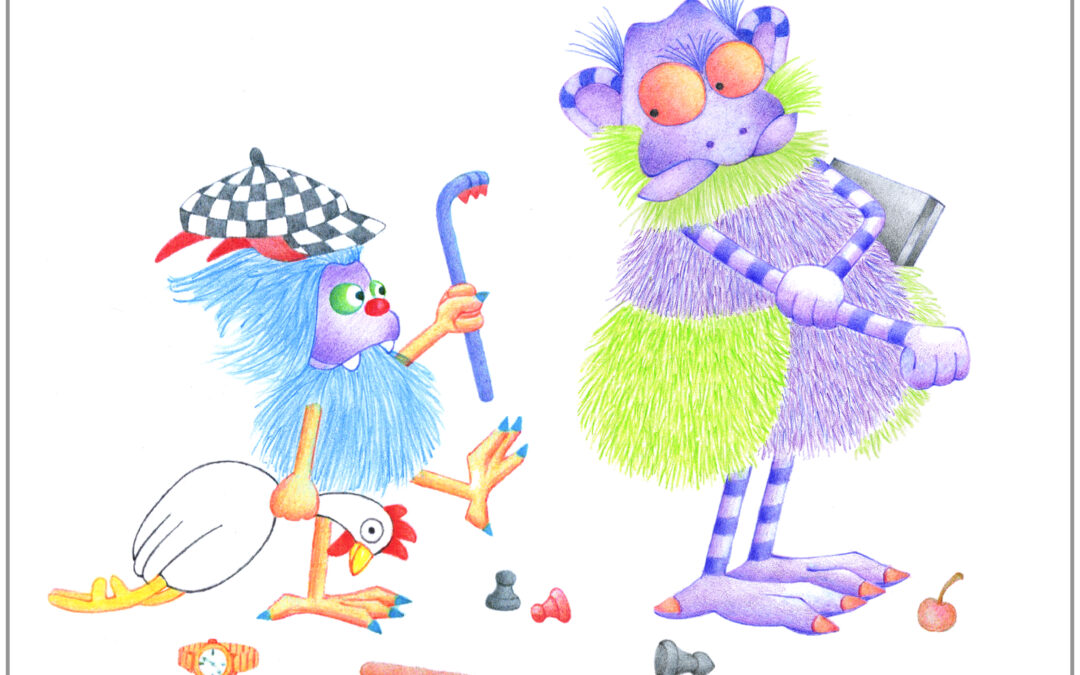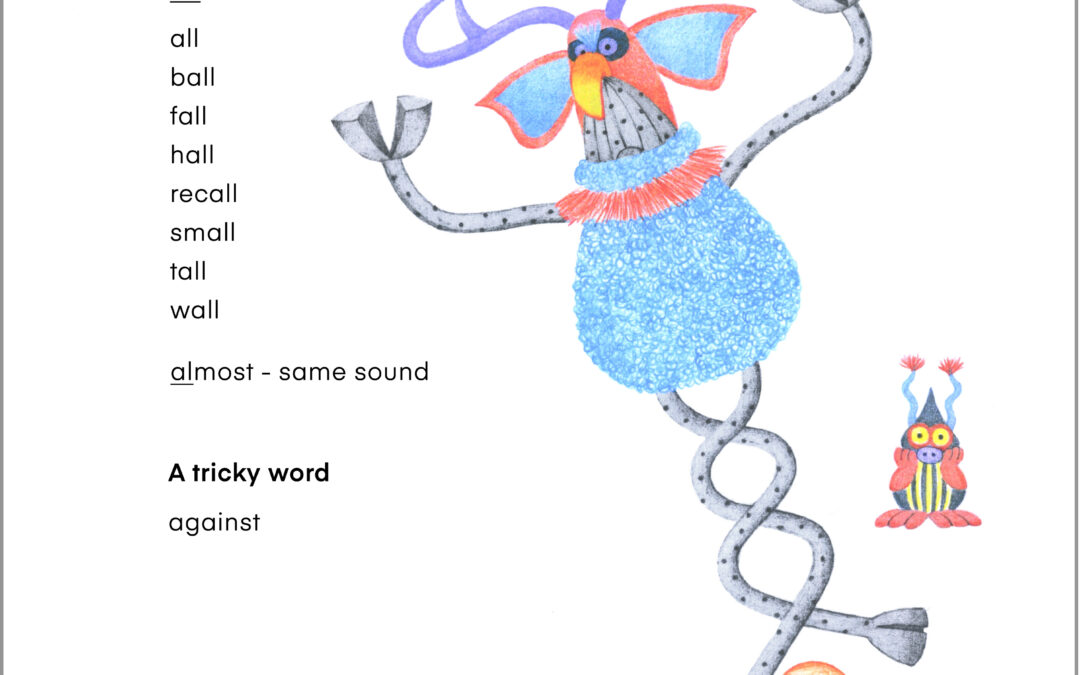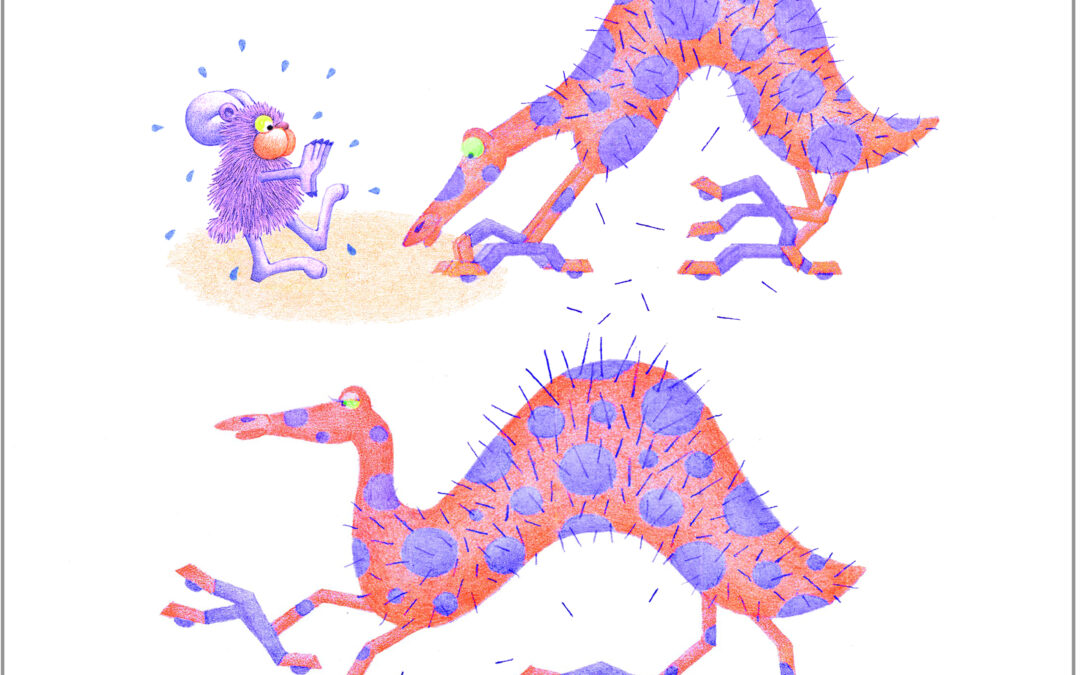LIVING SIMPLY
LIVING SIMPLY
“Dear Pete,
“It’s funny how many times I’ve started to write to you since April and given up mid-letter, all the time wondering if you ever got my answer to your invitation to Guatemala. Then, a few hours ago, I happened to reread your last letter and was struck by its occasional note of confusion and despair. I was feeling the same way about the time you sent it. Won’t you write to me to tell me about the things that have changed and those that haven’t?
“I spent last weekend with Ella in Santa Monica—she’s been living in the home of a middle-aged friend from her Master’s program—and I remember thinking as I relaxed in a warm tub that it was impossible that I should ever be unhappy again. We rapped about old times and new, read aloud out of Rollo May’s Love and Will, and spent the wee hours of the morning poring over all the comical and archaic words in the dictionary. It was fun—and different. I haven’t been able to talk to her like that for a long time. When she was involved in studying for her Master’s, she seemed uptight and distant—happens to the best of us, I guess.
“Pete, I don’t feel able to rattle on about all the details of my life, mainly because I don’t know in what mood these words find you. Briefly, I’m living as simply as possible. I try to eat only the healthiest food. I don’t drink or take drugs. I don’t read newspapers. I don’t socialize much. I don’t earn or spend much. I live in a pair of jeans, drive my elephantine 1960 Olds around like it was a hot rod, practice the guitar several hours a day, and do my vocalises semi-regularly. I read some, write some, paint some, and take myself to the movies when I get lonely. Winter, I hope, will bring me a rewarding job—substitute teaching at an elementary school. What more could I ask for?
“Are you going to be in Guatemala through next Christmas? Who knows? Maybe I could make it down there for a short vacation. I hope you are well and happy, Pete. Please write!”


